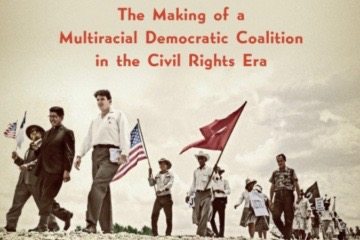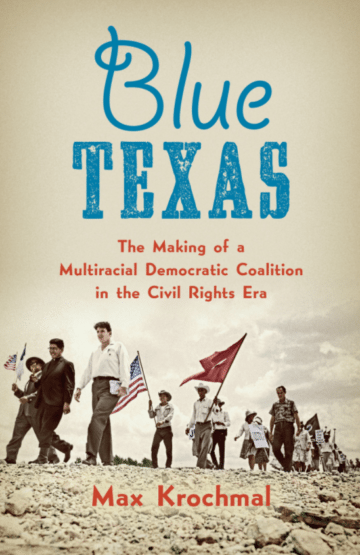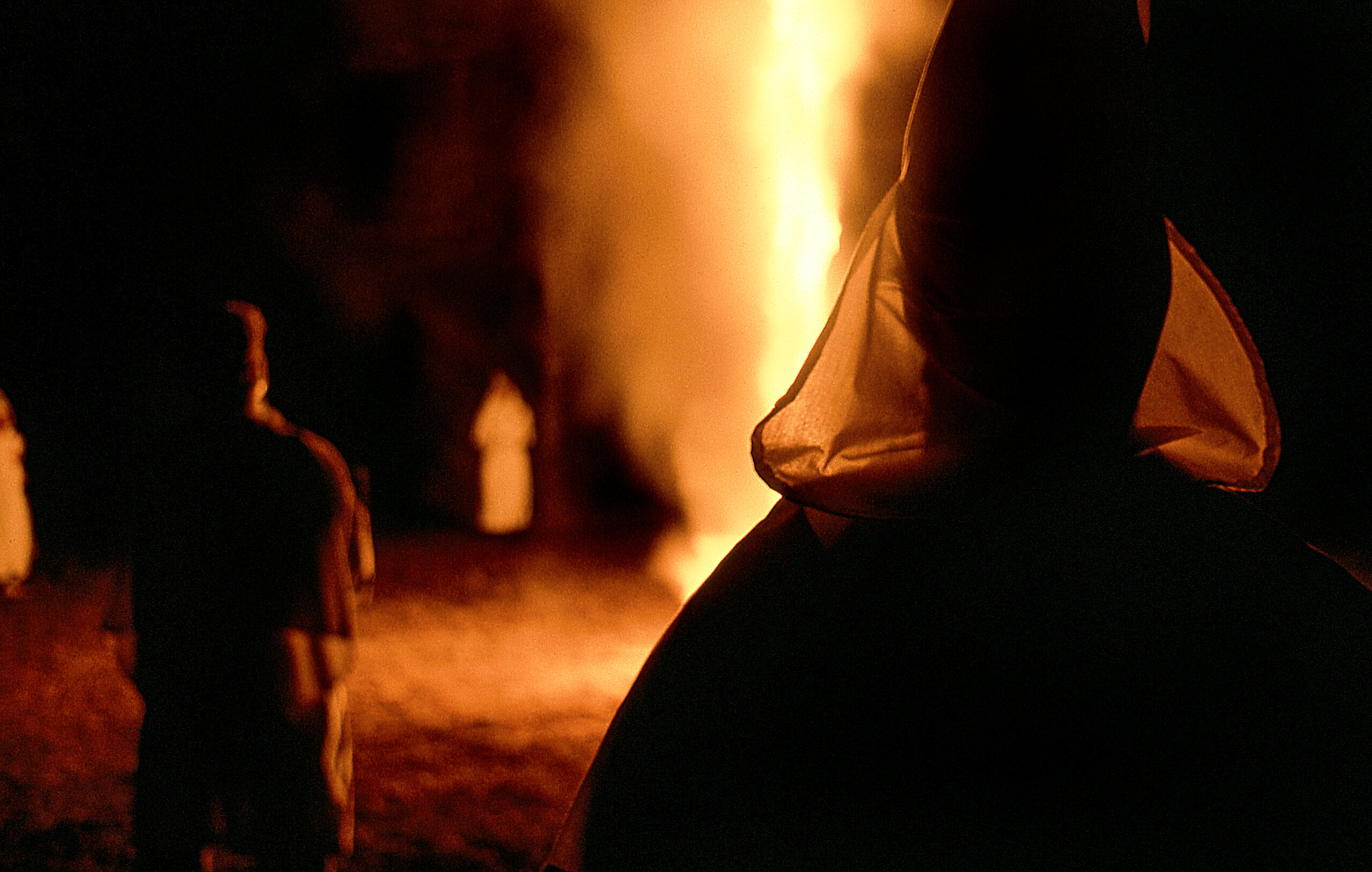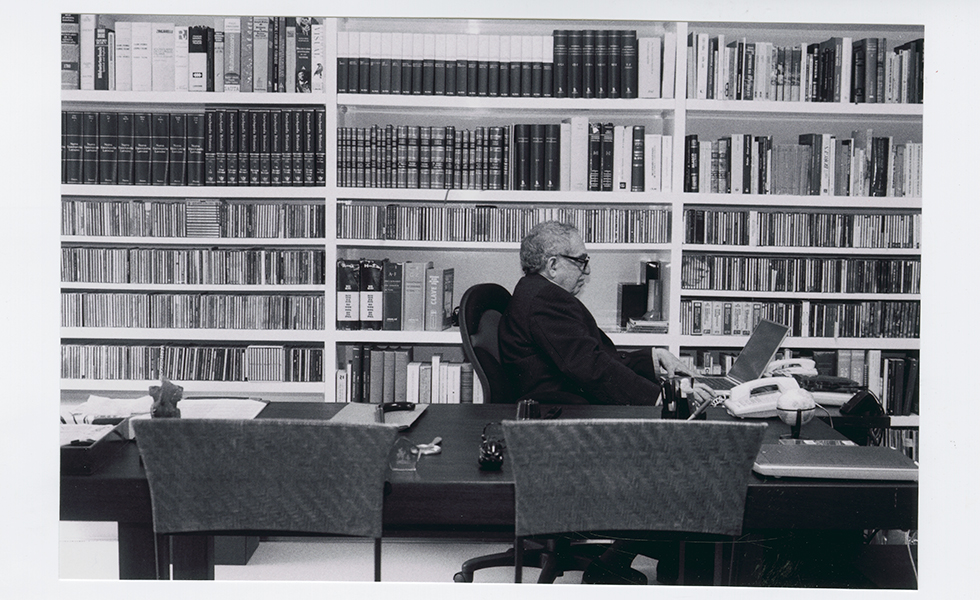
In ‘Blue Texas,’ a Historical Blueprint for Texas Activists
Max Krochmal's new history of multiracial civil rights movements in Texas offers lessons for progressives in the age of Trump, one of which is that demography is not necessarily destiny.
A version of this story ran in the February 2017 issue.

By Max Krochmal
UNC Press
416 PAGES; $35 UNC Press
On January 31, 1938, some 10,000 pecan plant workers walked off their jobs in San Antonio. The strikers — primarily Mexican-American women — were fed up with toiling in the city’s stuffy, tuberculosis-inducing pecan-shelling plants, shredding their fingers for 6 cents a pound. Activist Emma Tenayuca, nicknamed “La Pasionaria” for her fiery personality, spearheaded the strike. In an era when the voices of Mexican Americans and women were routinely silenced, Tenayuca was an unlikely leader. She was only 21 at the time, but was already well-versed in civil resistance; her first arrest came at 16, when she played hooky from high school to join the picket line of a cigar workers’ strike. Over the two-month pecan shellers’ uprising, police beat and tear-gassed the strikers, who responded by blowing out the tires of police cars with tacks and vandalizing shipments. In the end, “Pecan King” Julius Seligmann gave in to most of their demands. It was the dawn of the Mexican-American social justice movement, and it changed Texas politics forever.
The pecan shellers’ strike is just one of many lesser-known stories Max Krochmal brings to life in his new history of civil rights movements in Texas. In Blue Texas, the Texas Christian University history professor recounts how four different forces — the Mexican-American civil rights movement, the African-American civil rights movement, white organized labor and white liberal political activism — came together. This coalition overthrew Jim Crow and Juan Crow, solidified the political careers of progressive legends Henry B. González and Ralph Yarborough, and energized grassroots activism throughout the state.
The process was not without bumps. A decade after the San Antonio uprising, when the lily white Texas State Federation of Labor finally realized that African-American workers might well form a crucial part of its future, the union resoundingly elected Freeman Everett, a veteran of the black stevedore’s union, as vice president. The only problem? The federation held its annual meeting in a segregated hotel. Everett and 25 black union leaders, blocked at the door, sneaked in via freight elevator.
Missteps notwithstanding, the four groups knew they needed one another. The 1950s, Krochmal writes, were a time of “patient base-building and interethnic experimentation,” a victory largely forgotten by Texans today. By 1959, a goal that had seemed outlandish — forging a diverse alliance to strengthen the Texas Democratic Party — was within reach, and organized labor was the key.
Drawing on reports by Texas Observer founding editor Ronnie Dugger and the papers of longtime labor leader George Lambert, Krochmal describes the strike by the Mexican-American women of the International Ladies’ Garment Workers’ Union against the Tex-Son garment factory in San Antonio. It was met with the same violent repression as the pecan strike 20 years earlier, dragged on for three years and was ultimately defeated, but it set the stage for the Chicano movement of the ’60s and ’70s.
If progressives today are to triumph over Trumpism, they are going to have to build truly united and lasting grassroots organizations and not merely encourage disparate groups to show up at the voting booth.
Coalition-building was strengthened even during losses. The special election of 1961 to fill Lyndon B. Johnson’s Senate seat had been a disaster for liberals: Henry B. González and Maury Maverick Jr. split the liberal vote, mostly along racial lines, and this made the election a contest between two archconservatives, Dixiecrat William Blakley and Republican John Tower. Tower won, becoming the first Republican senator in Texas history and the first in the South since Reconstruction. So a month after that election, a diverse group of labor, Chicano and black activists met in Austin as the Democratic Coalition to see what they could do to avoid another such disaster. Krochmal finds the “most prescient reporting on the alliance” to be that of Willie Morris in the Observer, who described it as “a complex of groupings that includes the Latins and labor, the Negroes and independent liberals, and the Democrat brasscollars at the forks and beside the creeks.”
The first victory for a coalition-backed candidate came in 1962 with the election of González as Texas’ first Mexican-American congressman. About 95 percent of the registered voters on San Antonio’s heavily Chicano West Side turned out to vote, 93 percent of them casting ballots for González. On the same ticket, the Republicans fielded a conservative Mexican American for state representative against a white coalition candidate, but the Hispanic Republican got only 22 percent of the West Side vote, “confirming,” as Krochmal writes, “that politics, ideology and class could trump ethnic allegiances alone.”
The title Blue Texas is a little misleading in that the blue/red scheme is a relatively recent television media convenience to demarcate Democratic territory from Republican, while the book ends in 1966, when Republicans barely had a toehold in Texas. Back then, “reds” were what the Dixiecrats called liberals within their own party, and the coalition’s most fanatical enemies were fellow Democrats, such as Governor John Connally. (To give an idea of how conservative a Democrat could be back then, in the 1950s Governor Allan Shivers urged the Legislature to pass a bill making membership in the Communist Party a death penalty offense.) So Texas was solidly “blue,” but not because, as today’s readers might imagine, it had prevailed over conservatism.
Blue Texas underscores some lessons for progressives in the age of Trump, one of which is that demography is not necessarily destiny. In 1938, the League of United Latin American Citizens — a relatively conservative, middle-class civil rights organization, and Texas’ largest — did not support the pecan shellers’ strike, and many even denounced it. Ethnic groups are not monolithic. In Texas, 19 percent of the Latino vote went for Trump, according to the polling firm Latino Decisions. But Krochmal also shows that intraracial conflict leads to interracial solidarity. Another takeaway is that the more militant the tactics, the more effective the movement: The pecan workers won.
In Krochmal’s view, if progressives today are to triumph over Trumpism, they are going to have to build truly united and lasting grassroots organizations and not merely encourage disparate groups to show up at the voting booth. They need to be more confrontational and not shy away from demands for immediate social justice. White liberals need to get out on the front lines with immigrant-defense groups and Black Lives Matter, not shrink from them the way the Hillary Clinton campaign did. Progressives need to revive precinct caucuses and get block workers walking the neighborhoods. And they would do well to remember an old labor slogan: An injury to one is an injury to all.


